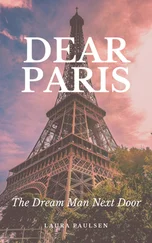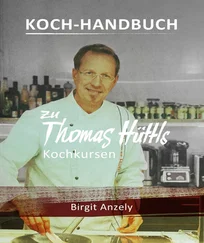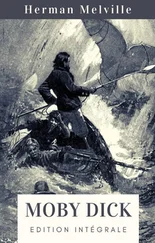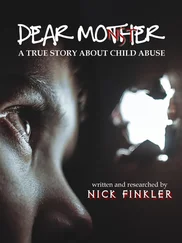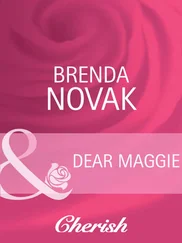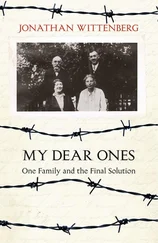How did your wife put it again in “Partner Of”?
“I had done a book report on Payback […] It was my senior year at high school. A girlfriend and I mustered up all our courage and called the writer for an interview in the school paper. I still remember how long I spent in front of the mirror that day. I couldn’t decide between my miniskirt with high heels or just a plain old pair of jeans. At the last moment, the other girl couldn’t make it, and I showed up in the skirt […] at first sight, that spark […] never went away again […] older than my father […] hurt my mother the most […] never wanted to see me again.”
What interested me, though, wasn’t so much the interview as the photo that went with it. Your wife, leaning against an ivy-covered wall. In jeans, wearing Adidas sneakers. It’s a white brick wall, the outside wall of a house, in the upper left-hand corner you can see a little bit of a drainpipe, painted green, and a small window — belonging to a bathroom or a shower?
It doesn’t say so in so many words, but it was immediately clear to me where that picture was taken. Probably at the same spot where your wife was interviewed. You yourself have made only sporadic mention of your “place in the country,” as you call it in some interviews. Your “second home,” or more frequently your “second work space,” because of course the work must go on: so that readers won’t think you’re goofing off at that second home, just lolling on the couch beside the fireplace.
In the nearby town of H., they’re oh-so proud to have a famous writer living close by. A real, still-living writer who shows up now and then at a sidewalk café along the market square; who orders fried fish or a dish of mussels at the local seafood restaurant. It doesn’t literally say that either in “Partner Of.” But if you read carefully, it’s in there. The name of the town — H. — is even mentioned outright, as an example of the kind of respectful deference one still finds in the provinces.
“At the supermarket, people let me cut ahead in line, because they know that I’m his wife […] rather embarrassing, really, but on the other hand I still enjoy it. That never happens in Amsterdam, anyway.”
The way she puts it, I think, is rather sweet. I see her face. How it glows with pride. But it’s also glowing a bit with embarrassment. That’s your wife, to a tee. Or perhaps I should say: that’s all the women whose portraits appear in “Partner Of.”
When I flipped over the postcard this morning and looked at the picture on the front, it took about three seconds for the penny to drop. It was a photograph of an old city gate. A gate in the wall of a fortified town. Greetings from H. was printed in red letters at the bottom.
Then I went upstairs to find that women’s magazine. After rereading the whole “Partner Of” interview, I turned my attention to the photo. How many little white houses could there be close to the town of H.? How many little white houses with ivy on the wall? With a drainpipe painted green?
I took an even better look at the photo. Your wife looked good. Rested. Healthy. Her hair pinned up, a few blond locks had come loose and hung down around her ears. Little earrings. Now I saw something else too. To the right of her face, a tile was affixed to the wall. A tile with a number on it. A house number.
The little tile with the number on it was partly hidden from view by her pinned-up hair. It could have been just that one number, or the final cipher of a larger one.
The number was a 1.
Once again, I hesitate. We now have two narratives running side by side. Or three, actually. The stories within the story. You yourself love that technique; as we’ve seen already, you make full use of it in both Payback and Liberation Year.
So I’m hesitating. For a moment, I ask myself what you would do if you were in my shoes. Go ahead here with the next day — the day after the postcard arrived — with me driving down our street, after setting the navigation system for the route to H. (“A navigation system?” I hear you say. “What kind of gizmo is that?” I see you shaking your head after I explain. “What’s wrong with a road map?” you ask — and, once again, you’re not completely wrong about that.)
I could, of course, also toss you some new material. The way Laura Domènech, Mr. Landzaat, and I greet each other at the garden gate of the house in Terhofstede — up to the moment when the three of us go inside and the history teacher gradually begins to disappear from sight.
Or I could go on with last Saturday: the third parallel narrative. You got up from the table outside the café. You still hadn’t had your coffee. I raced to take the elevator down and followed you on your walk through town. That’s already a lot less suspenseful — at least for you. After all, you were there too. At most, it might be interesting to your readers. What does a writer do during the weekend? What does he do on a normal Saturday (and Sunday) — a day when his wife is not at home?
But like I said: you know that better than I do.
—
Landzaat threw all his body language into the fray to make clear that something had really changed in his attitude toward Laura. That he was not here to accost her again.
“Laura,” he said quickly when we came close enough for him to see the expression on her face. “Laura, please! Let me…let me explain first. Let me say what I have to say.”
He spread his arms, his palms facing forward. Look, I’ve come unarmed, that expression says in some cultures. Here, with us, it was meant above all to express innocence and helplessness: he would make no attempt to touch her, let alone embrace her.
Laura snorted, it sounded like a sob. I glanced over at her, but saw that she was not crying. The look in her eyes was cold, perhaps even colder than the polar wind that blew fine-powder snow across the paving stones in front of the house.
“What are you doing here?” she asked.
First she pointed at the house, then made a broader sweep with her arms, a gesture meant to take in the entire whitened landscape that surrounded us. Our landscape. The history teacher hadn’t looked at me even once.
“I’m here…I’m here to say goodbye, Laura,” Mr. Landzaat said. “I’m here to say that it’s over for me too, now. That’s what I wanted to come and say to you. I won’t bother you anymore.”
I looked at his face. He hadn’t been waiting for us in his car all this time, it seemed, he had been outside, standing by the gate. His cheeks, shaven for a change, were grayish. Under his eyes, or perhaps I should say under the dark-blue bags under his eyes, I could see a few burst blood vessels, purple and red. He tried to smile, but the cold probably clanged against his teeth — those long teeth that appeared for a moment between his lips, which were already a dark blue as well — because he closed his mouth right away.
“I…” He pointed to the cream-colored Volkswagen Beetle—“I’m leaving again right away. I’m on my way to Paris. To see friends.”
“Oh, really?” Laura said. The history teacher was hugging his upper body now with both arms, and rubbing those arms with his black-mittened hands. “I’ll only stay for a minute,” he said, and as he said that he glanced at the front door of the house. “I thought…maybe I could come inside to warm up. I just want to explain. So that we can part as normal…as grown-up individuals. If that’s okay with you, Laura.”
Now, for the first time, he looked at me. I couldn’t see my own eyes, but I knew the look that was in them. You came here of your own free will, I looked. Now you’d better blow out of here right away, of your own free will.
Читать дальше

